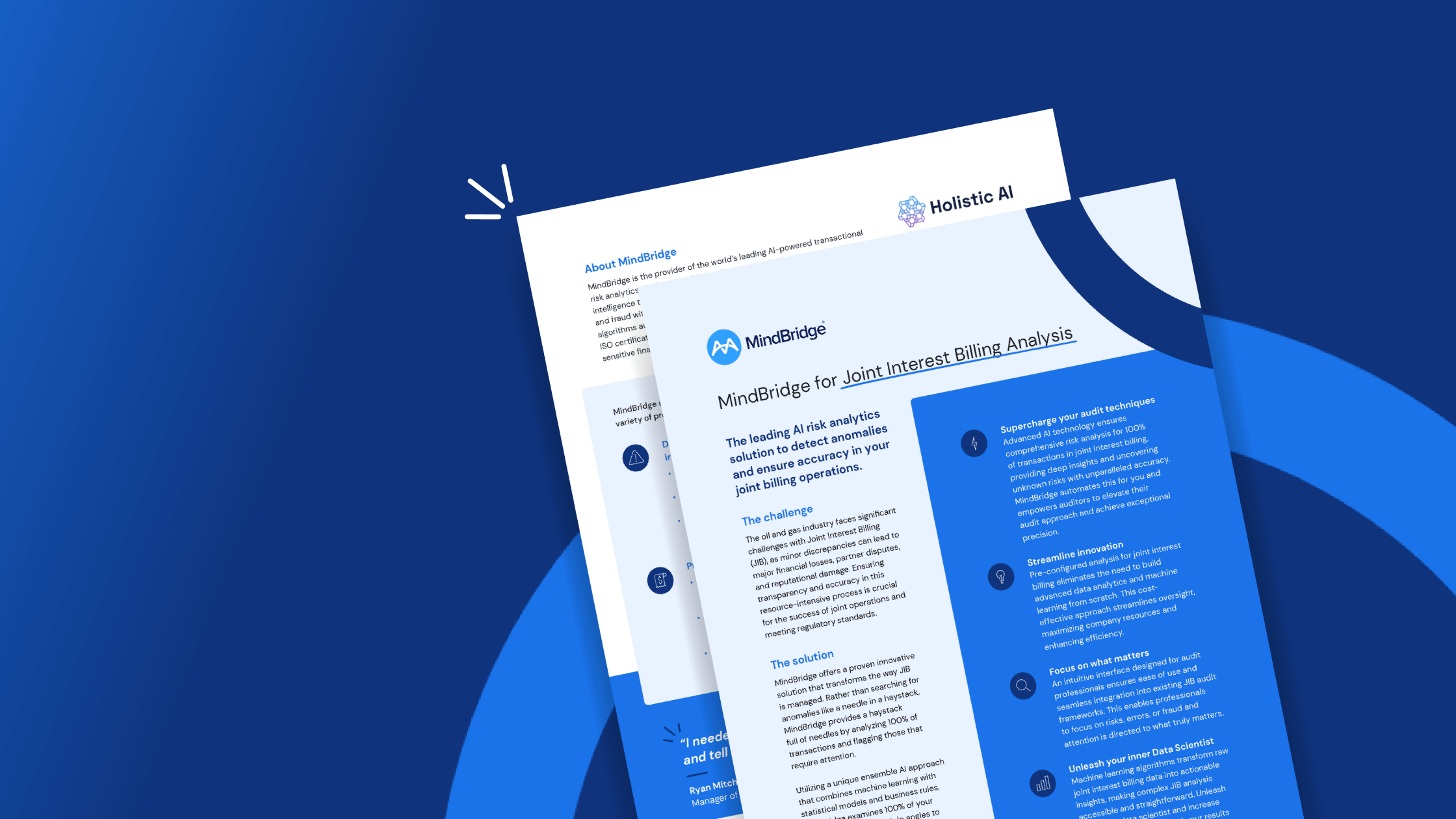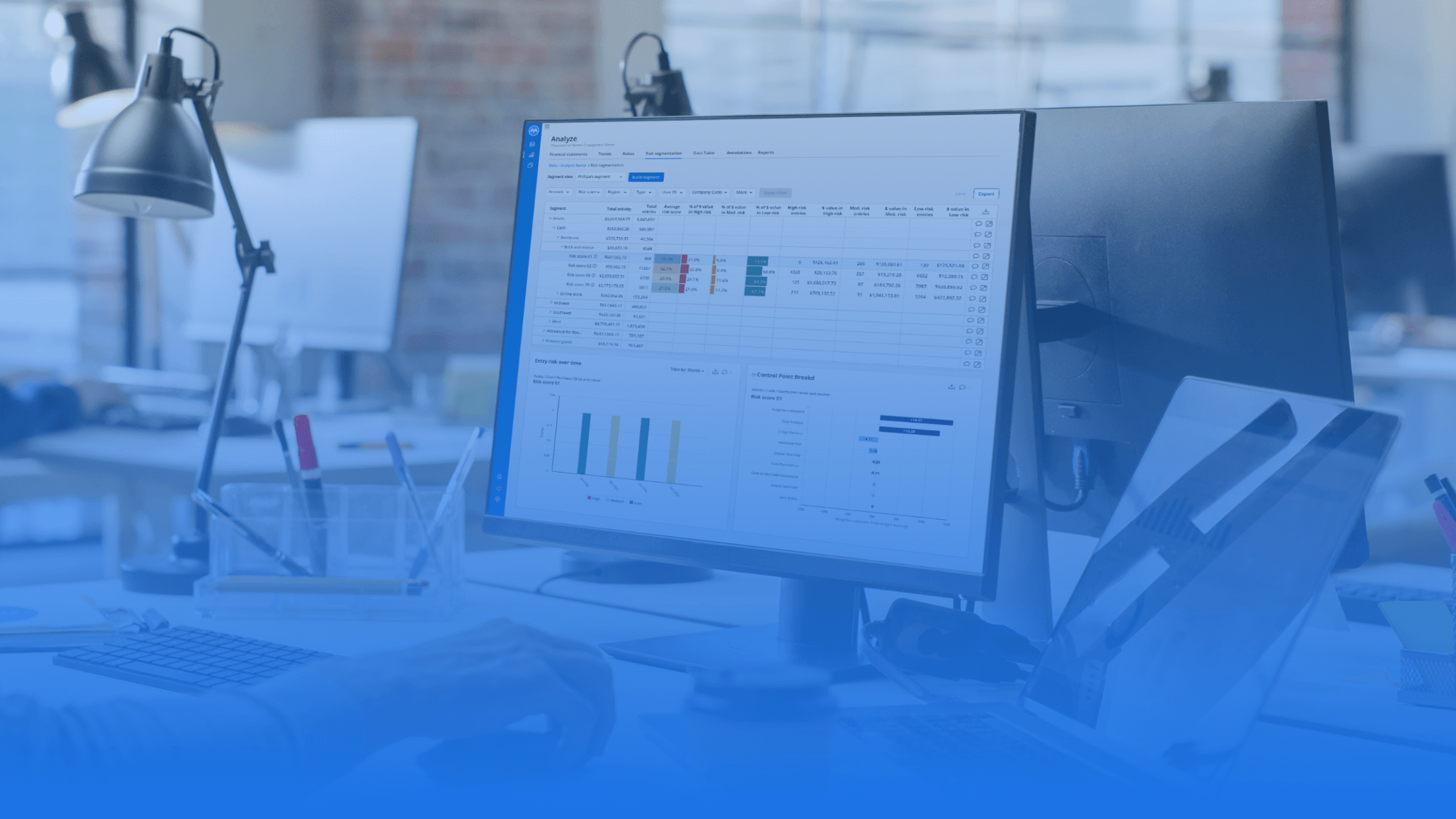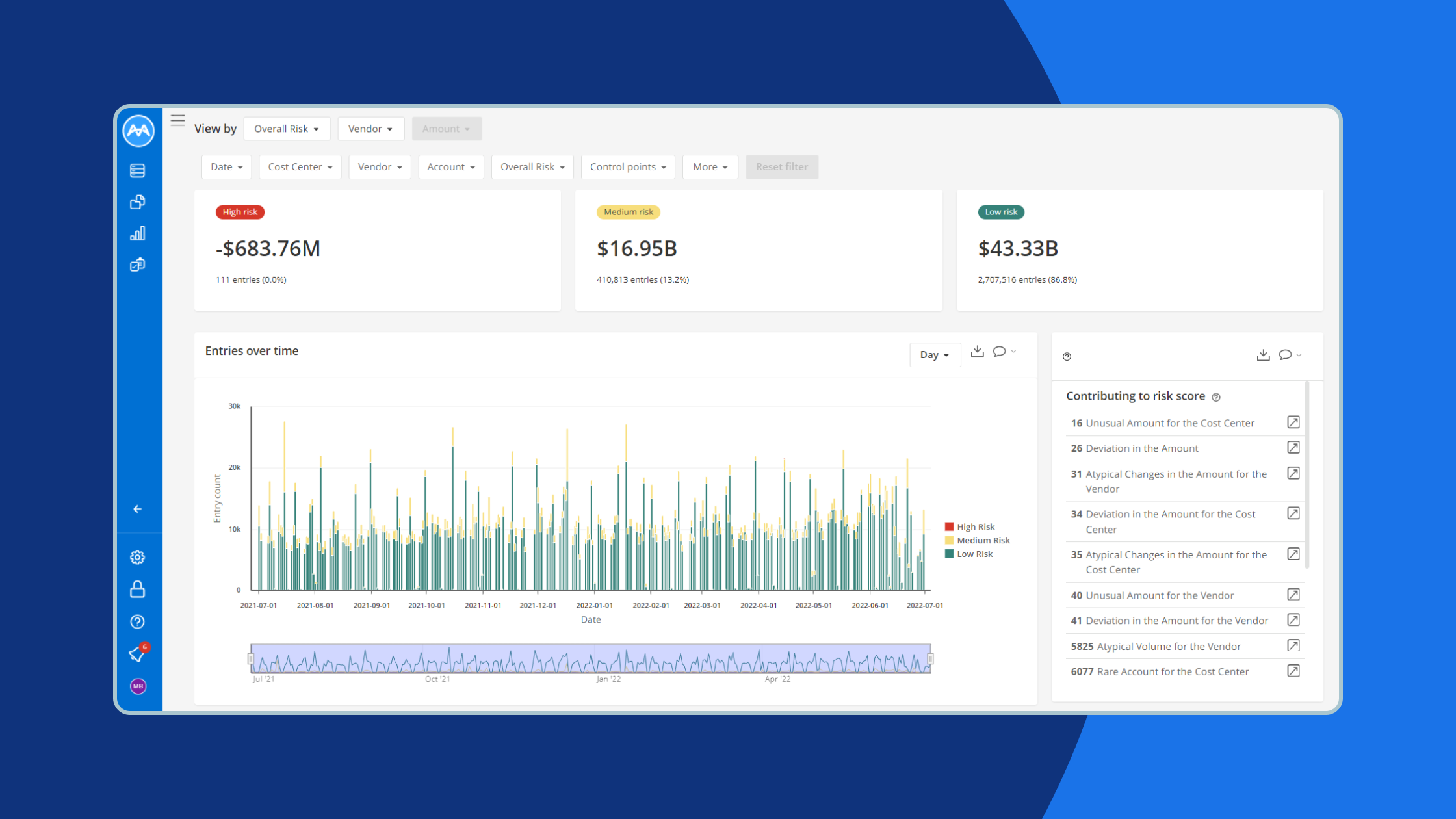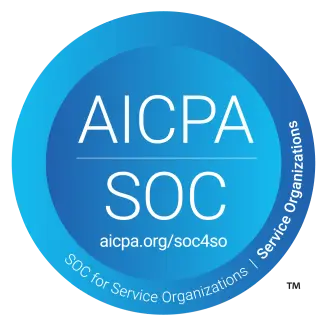Cost-benefit analysis of AI technology investments in Finance
Return on investment (ROI) is critical in technology investment decision-making. It is primarily quantified by setting the total cost of ownership in relation to cost savings and improved business outcomes measured in $ resulting from efficiencies and where quantifiable increased effectiveness. The calculation of these metrics results in a clear business case that models time … Read more















